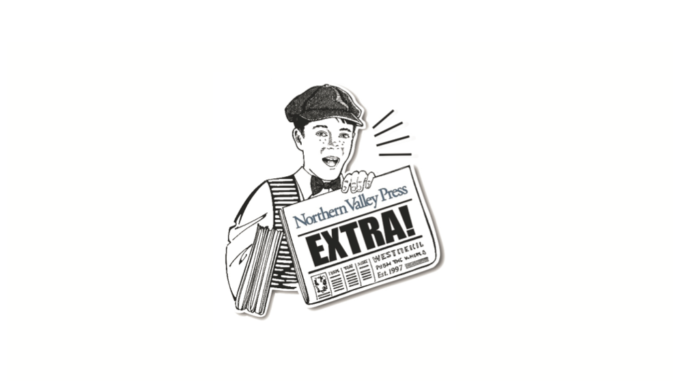
BY STEVE KELMAN
CORRESPONDENT
PALISADES, N.Y.—The world of science—with all of its interesting tentacles—comes to life for the general public each year at the annual Lamont Doherty Earth Observatory’s Open House.
A part of Columbia University and located in our collective backyards in nearby Palisades, N.Y., the observatory is an important laboratory to all things pertaining to our planet. Scientists and graduate students from Columbia University monitor virtually all of the earth’s functions (volcanic activity, earthquakes, ocean activity, for starters) in just about every scientific discipline.
And during the first weekend in October the observatory’s labs and classrooms are opened so that the public can visit and learn a thing or two about the planet on which they live. At this very well attended event, scientists discuss their research with lectures, exhibits, and even hands-on activities for children and adults alike. There is much to choose from, so to fully enjoy the outing one must choose their battles (workshops, activities, etc) as it were.
For those with an interest in volcanoes, opportunities to learn about the factors that create them and then have the chance to actually instigate “trash can Pinion” eruptions was an early highpoint of the day. Here participants were asked to toss a test tube consisting of red food coloring, seltzer and flour, into a model volcano in order to trigger the eruption and “imitate the lava flow.”
And it worked.
“What this exhibit is trying to show are the factors that set volcanoes off while attempting to control the style of the eruption,” explained Sarah, a Columbia graduate student.
Another related activity encouraged youngsters to build walls with provided materials to try to protect the diorama of a small village from the lava flow from another volcano model.
An outdoor exhibit titled “Bath Tub Science” was next and extremely popular. Using an actual bathtub filled with 150 pounds of cornstarch and water Professor Marc Spiegelman attempted to demonstrate “how materials behave when stressed.”
Spiegelman explained that he was actually demonstrating the science of Rheology.
“This is the study of how materials behave when stressed … the relationship between stress and strain,” he said.
To make his point, Spiegelman, who teaches computer modeling of earth processes at Columbia, encouraged youngsters and adults alike to stick their hands into the bathtub to feel how the materials react and then, on a half-hourly basis throughout the day, he would take off his shoes and socks and dance on top of the bath tub—that is, until he started sinking.
“I am looking to understand the behavior of the planet as it responds when various materials such as rock and ice interact with it,” he said.
Spiegelman said these interactions help explain the movement of glaciers and the occurrence of earthquakes.
A lecture by Lamont Geology Professor Dr. Lex van Geen focused on potential sources of child exposure to lead in New York and New Jersey.
Van Geen said that while only 2.5% of all children in the United States have more than 5 micrograms of lead in their blood, there is still reason for concern.
“Why are we worried? Because children who are exposed to lead show disabilities in intellectual development, they can’t do well in school (and) exposure is often tied to socio-economic status,” he told the lecture audience.
Van Geen presented the assemblage with a map of “spatial patterns of lead exposure in New York and New Jersey.
Van Geen told the audience that the “hot” places on the map were places where the economic status of the residents factored into lead exposure. Those hot areas included Newark and Paterson in New Jersey, Newburgh, N.Y., and New York City public housing.
“The lower in income the area is the more the exposure,” he said. On a positive note, van Geen said that lead levels in ocean water are actually decreasing since lead was taken out of gasoline.
Sea level change, climate change and air pollution, sinking river deltas, mapping the ocean floor, the science of earthquake forecasting and new frontiers in effective climate communication were among the many interesting lectures and workshops that were also offered.
Shuttle buses brought people to and from the site from a parking lot located at a conference center off of Route 9W and a local restaurant sold hamburgers, hotdogs and beverages.
A lot of effort on the part of graduate students, volunteers and professors went into making the day, a festival of science really, a success.
